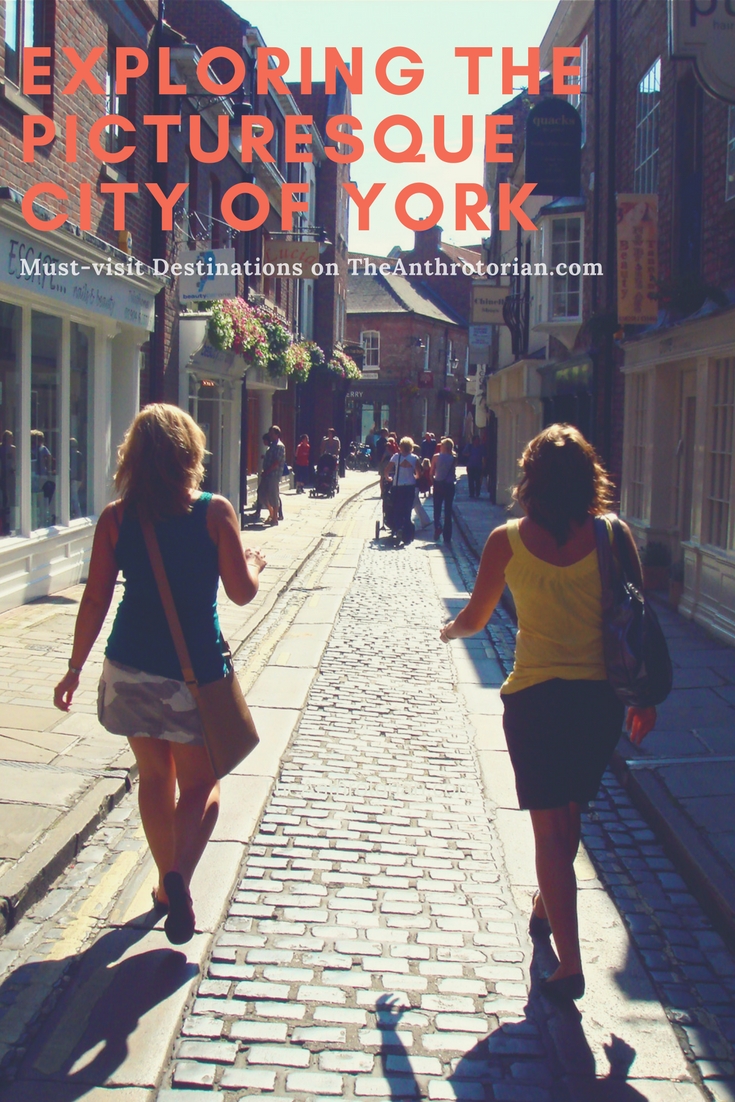Packing a carry-on for a trip involving air travel isn’t rocket science, but you would be surprised how many people forget to throw even the smallest (but often the most important) things into their bag.
The first thing to remember is that your carry-on can't be more than 10kg. Though you can often sneak through with a heavier bag (I do it all the time), there is always the risk of getting caught and having to pay to check your heavier items.
Liquids, gels, lotions, etc. in containers larger than 100ml/100g/3.4oz are NOT permitted, so assume that when I mention these items I am referring to the small version of them.
Though many people consider their carry-on to be what holds their source of entertainment or simply a vessel to throw all of the things that they could not fit in their checked luggage in, I approach it in a slightly different way.
To me, the carry-on is your survival kit in case your luggage gets lost.
It needs to contain everything that you would need to survive a full day and even a few nights at your destination.
Here’s what I suggest:
Any Prescription Drugs you might need
Tylenol, Motrin, Advil, etc. (cures for headaches, back spasms)
Prescription Glasses/Contact Case with solution in it (if you wear glasses/contacts)
Sunglasses
Deodorant
Toothbrush, toothpaste, dental floss
Makeup (for the ladies, it's nice to have just a few items — powder, blush, lip gloss — to freshen up with when you get off the plane)
Bathing Suit (if headed on a beach vacation)
Change of Clothing (usually underpants and a fresh shirt will suffice)
Socks (even if you are wearing sandals, these will keep your feet warm on the plane)
Scarf/Sarong (use as a blanket on the plane and a shawl/scarf if your destination in cooler than you are dressed for)
Blue or Black Pen (for filling out landing documents, jotting down directions, etc.)
Paper Map (wireless may not be available or your smart phone might die)
Passport
Money, credit cards, debit card
Accommodation information (you will need to fill out the address of where you are staying on your landing documents, and you want to be able to access it quickly when you arrive at your destination)
Book or magazine (just in case the inflight entertainment doesn't work)
Headphones (having to buy headphones on your flight sucks)

















